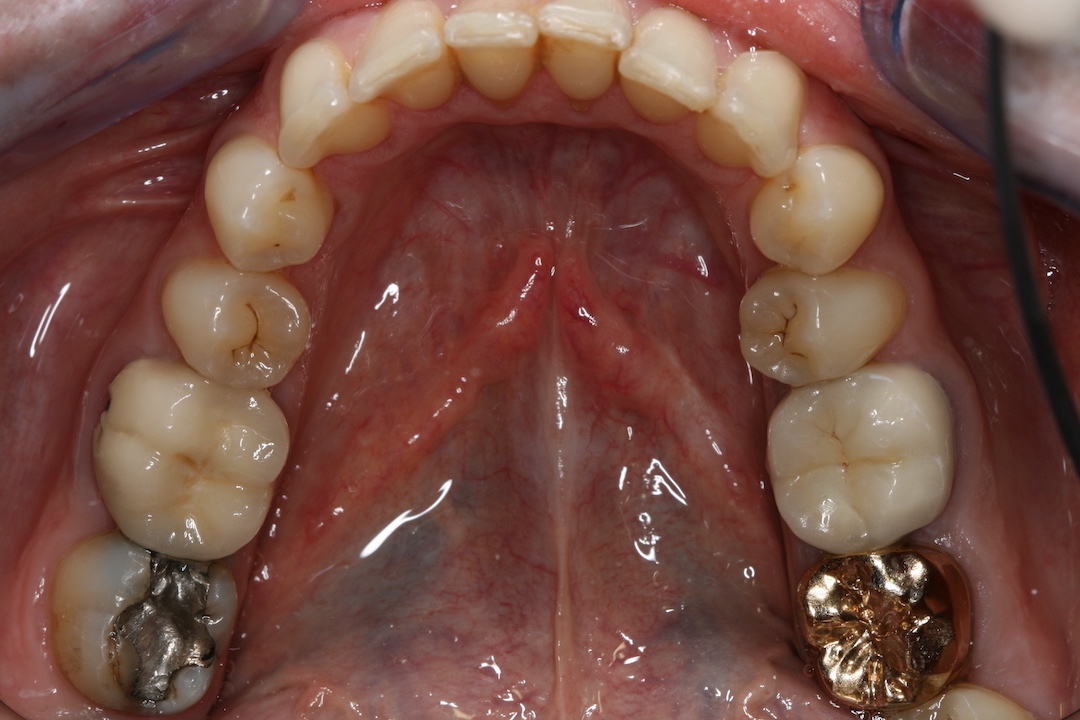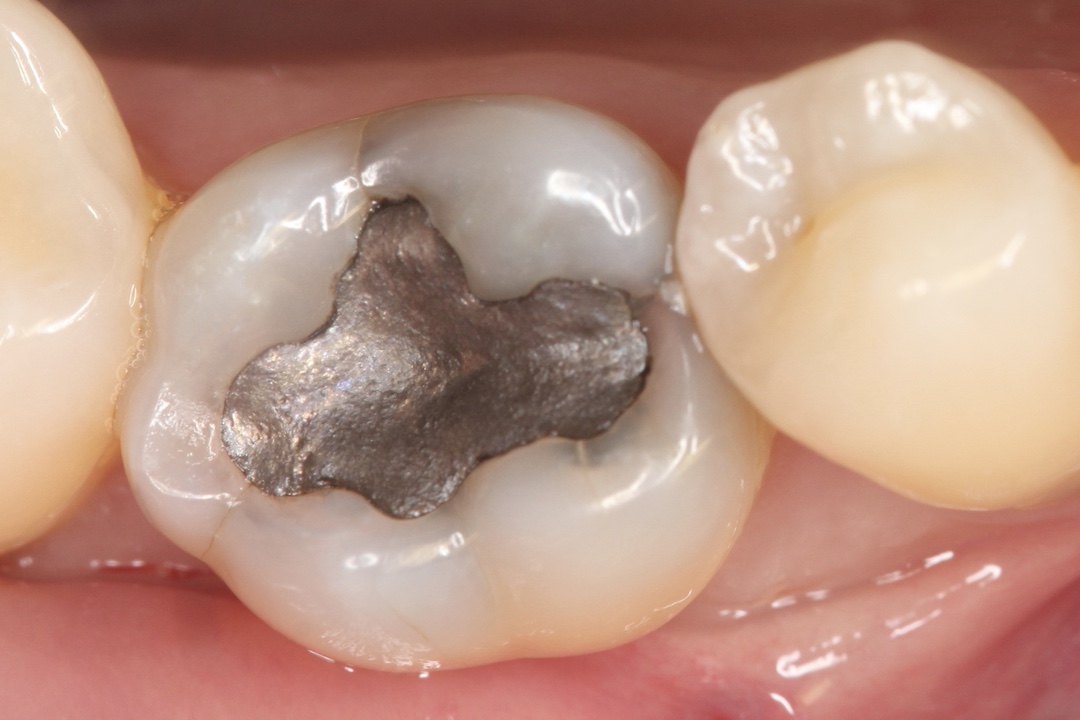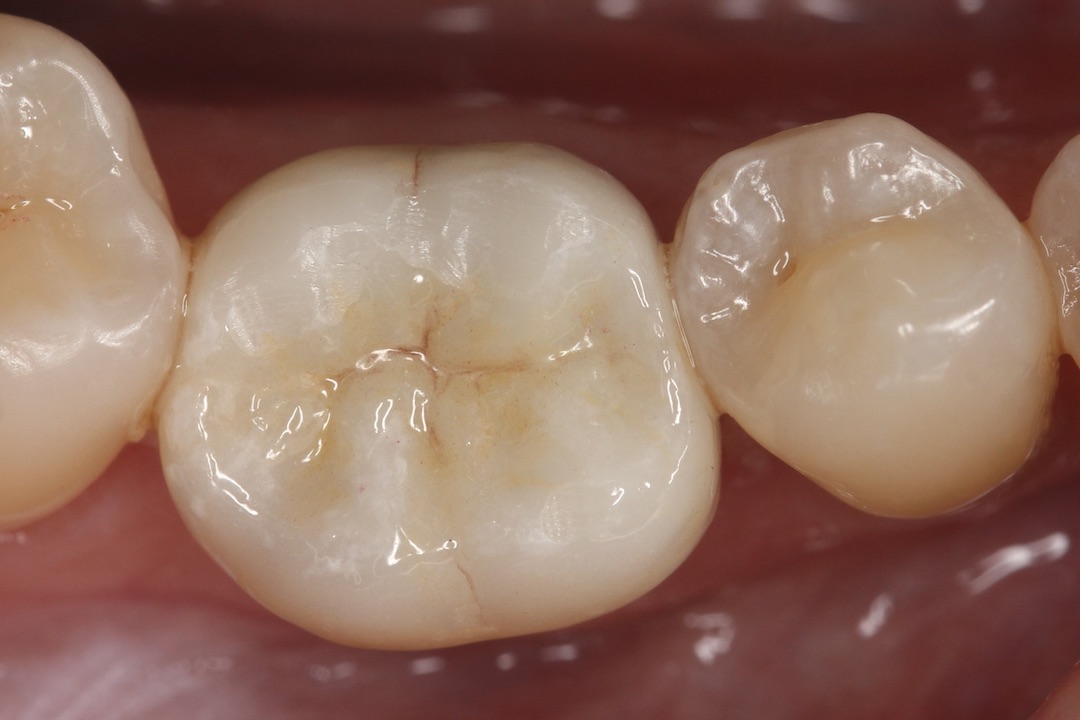Inlays and Onlays
An inlay sits in a specially prepared cavity in the tooth. An onlay sits on the tooth and builds up its shape.
What are Inlays and Onlays?
You can sometimes have inlays or onlays instead of fillings to repair damaged teeth. Fillings are soft to begin with and are moulded in to the cavity that has been shaped to take and hold the filling. Inlays and onlays are made outside the mouth, usually in a dental laboratory, and then bonded to the tooth in the surgery. Usually two or more visits are required to complete this type of treatment.
An inlay sits in a specially prepared cavity in the tooth. An onlay sits on the tooth and builds up its shape. Inlays and onlays can be made in tooth-coloured porcelain, gold or a white filling material called composite. Different materials are suitable for different parts of the mouth and different parts of the teeth. Gold and porcelain are harder wearing materials in comparison to white filling material and are often more suited to certain situations. Both inlays and onlays can restore contacts between teeth to help prevent food trapping.
If you have any further questions please ask a member of the team and we will be more than happy to answer any of your queries.
Before & After
Frequently asked questions
What will my dentist do?
Your dentist will:
Normally give you a local anaesthetic to numb the area Remove any old filling material and any decayed or damaged tooth.
Use a putty-like material to record the shape of the tooth being repaired and the teeth around it – this is called taking an ‘impression’.
The impression is then used by a dental technician to make the inlay or onlay. You are provided with a temporary filling to protect the tooth that is being repaired while you wait for the inlay or onlay to be made.
Bond the inlay or onlay in place on your next visit – the dentist may make small adjustments, so that the tooth is comfortable to bite on.
Does it hurt?
Occasionally you may get sensitivity after having an inlay or onlay placed. In most cases this is usually transient and tends to go away. In teeth that are heavily compromised with restorations that are close to the nerve, the sensitivity may not go away. This sensitivity may be due to the nerve within the tooth dying and may require further treatment. The nerve can die due to pre-existing factors that are present and unfortunately may only become apparent when treatment commences.
Why do they cost more than a white filling?
Inlays and onlays are made in a laboratory by highly skilled technicians, often using CAD-CAM (computer aided design and computer aided manufacturing) techniques. They usually take a number of visits to prepare and fit in comparison to fillings. As mentioned above, they are hard wearing, long lasting and have excellent accuracy of fit. All these factors mean that the cost of inlays and onlays is considerably more than a conventional filling.
What are the benefits?
Inlays and onlays are strong and can last longer than fillings.
They are especially suitable for the chewing surfaces of back teeth and for large repairs to front teeth, where it can be difficult to make a white filling look natural. Your dentist can match the colour to your other teeth.
How long do they last?
In our experience we find that a well-fitted and cared for inlay or onlay lasts from 7 to 15 years, but this will depend on how well you maintain your dental health. Typically, gold restorations will outlast porcelain due to the durability of the material.







